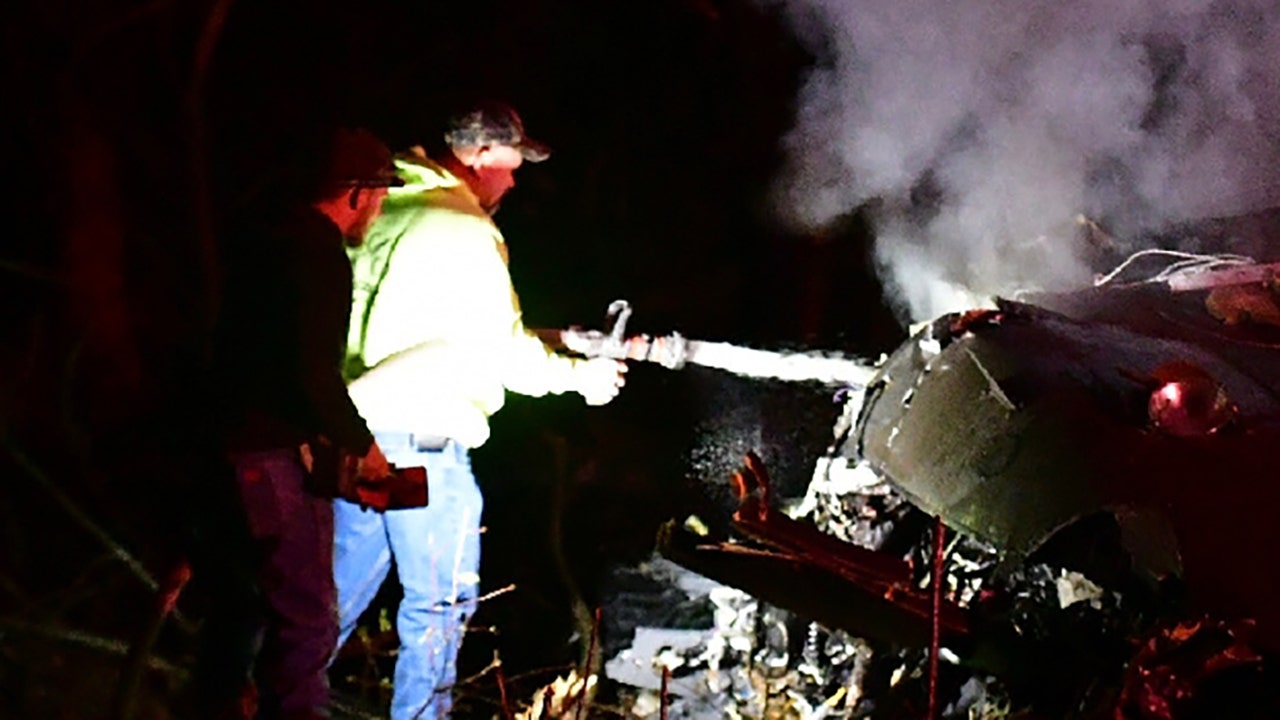United States
Six deadliest non-combat military aviation accidents in the last 5 years

Tragedy Strikes Again: A Somber Reflection on Recent Non-Combat Military Aviation Accidents
In the last five years, the U.S. military has faced a series of devastating non-combat aviation accidents, each leaving an indelible mark on the lives of service members, their families, and the nation. These incidents remind us of the inherent risks and sacrifices made by those who serve, even outside the combat zone. This article delves into six of the deadliest accidents, highlighting the circumstances, causes, and the profound impact on the communities affected.
The most recent incident occurred on February 6, 2024, when a Marine Corps CH-53E Super Stallion helicopter vanished during treacherous weather conditions in the mountains near San Diego. The helicopter, which departed from Creech Air Force Base in Nevada, was en route to Marine Corps Air Station Miramar. Tragically, all five Marines on board lost their lives. Bradford Moulton, uncle of one of the victims, expressed regret over the incident, wishing the flight had been grounded during such severe weather. His sentiments echo the grief and questioning that often follow such tragedies, underscoring the heavy hearts of families and colleagues left behind.
Another heart-wrenching accident befell the U.S. Air Force on November 29, 2023, when a CV-22B Osprey carrying eight service members crashed off the coast of southern Japan during a training mission. This incident led to the temporary grounding of the Osprey fleet. Investigations revealed that the crash was attributed to a combination of mechanical failure—a cracked metal gear—and a critical decision by the pilot to continue flying despite warnings. The loss of these eight service members serves as a stark reminder of the complex interplay between human judgment and mechanical reliability in aviation safety.
Just days before the Osprey crash, on November 10, 2023, a U.S. Army MH-60 Blackhawk helicopter crashed into the eastern Mediterranean Sea during a nighttime training exercise. Five soldiers lost their lives in the accident, which occurred during routine operations including aerial refueling and gunnery practice. The incident not only highlighted the dangers of nighttime operations but also brought to light the daily risks taken by service members. Former President Joe Biden eloquently captured the sentiment, acknowledging the bravery and selflessness of these individuals who prioritize national security over personal safety.
Earlier in the year, on March 9, 2023, a tragic collision occurred over southwestern Kentucky when two HH-60 Black Hawks from the 101st Airborne Division collided during a training exercise, claiming the lives of nine soldiers. The incident, while still under investigation, underscored the perils of night training and the complexities of military aviation exercises. Kentucky Governor Andy Beshear poignantly remarked on the loss, emphasizing the profound impact on the families and communities of the fallen soldiers, whose memory continues to be honored.
Moving back to June 8, 2022, a Marine Corps MV-22B Osprey crashed during a training mission in Southern California’s Imperial County, resulting in the deaths of five Marines. The investigation attributed the crash to a mechanical failure involving a clutch, which led to engine failure. This incident not only raised questions about equipment maintenance but also reinforced the critical need for rigorous safety protocols and inspections to mitigate such risks.
Lastly, on August 31, 2021, a U.S. Navy MH-60S Seahawk helicopter crashed into the ocean off Southern California, claiming five lives. The helicopter experienced a mechanical issue upon landing, leading to severe shaking and rotor blade separation before plunging into the water. This tragedy highlighted the unpredictable nature of mechanical failures and the importance of continuous research and investment in aviation technology to improve safety.
In conclusion, these accidents collectively reveal a concerning trend of non-combat aviation risks within the U.S. military. They remind us of the sacrifices made by service members and their families, who endure immeasurable loss while fostering a safer world. Each tragedy serves as a poignant reminder of the need for relentless vigilance, improved safety measures, and ongoing investments in technology to prevent such losses in the future. By honoring these fallen heroes, we reaffirm our commitment to supporting those who protect our nation, and we strive to learn from these events to safeguard those who serve.


















